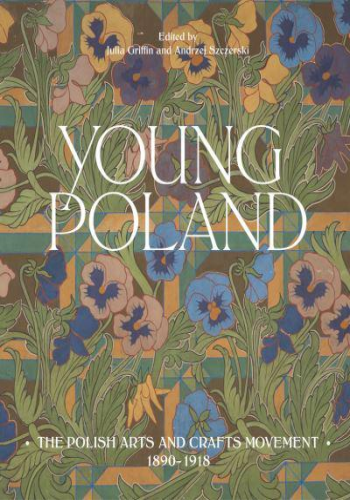Young Poland: The Polish Arts and Crafts Movement, 1890-1918 is the first book in any language to explore the Young Poland (Mloda Polska) period in the context of the international Arts and Crafts movements.
The Young Poland movement emerged in the 1890s in response to the country's non-existence for almost a century. It embraced an unprecedented flourishing of applied arts and the revival of crafts, drawing inspiration from nature, history, peasant traditions and craftsmanship to convey patriotic values.
The book argues that Young Poland shared fundamental parallels with the British Arts and Crafts Movement, and that it was specifically this Arts and Crafts ethos that fuelled the movement's patriotic ideology and the nation's quest to regain Polish independence.
The lavishly illustrated publication charts the rich history of the artists, designers and craftspeople whose schemes came to define Young Poland, including over 250 illustrations of ceramics, furniture, textiles, paper cuttings, wood carvings, tableware, stained glass, book arts, children's toys and Christmas decorations, as well as domestic, church and civic interior decoration schemes.







